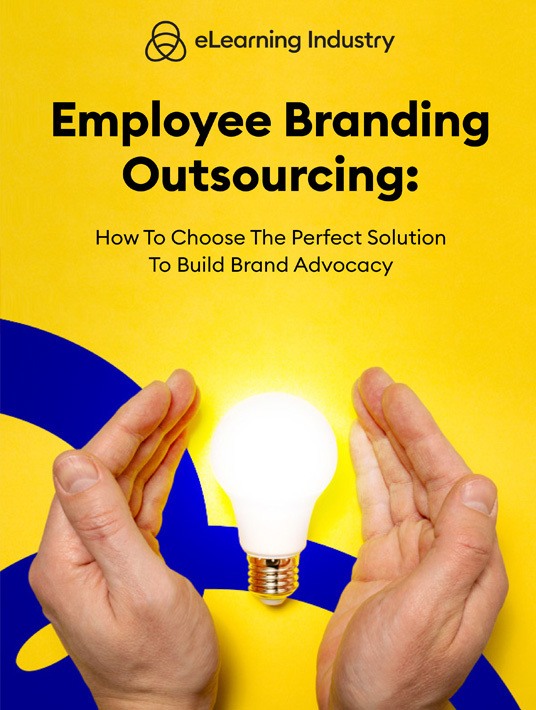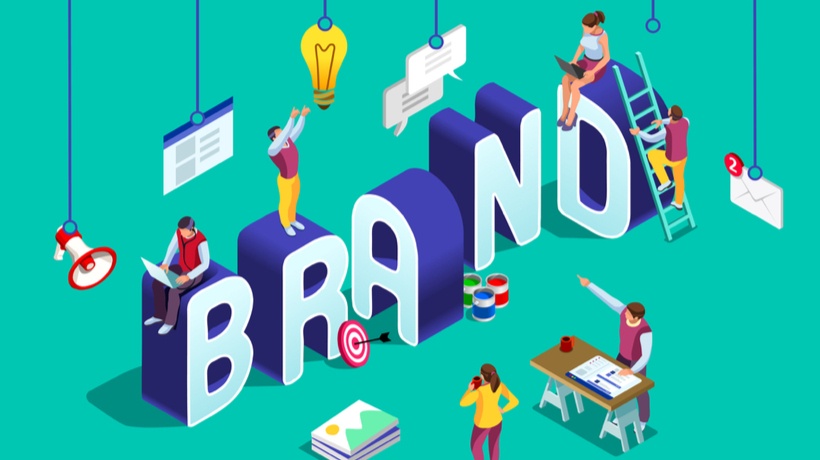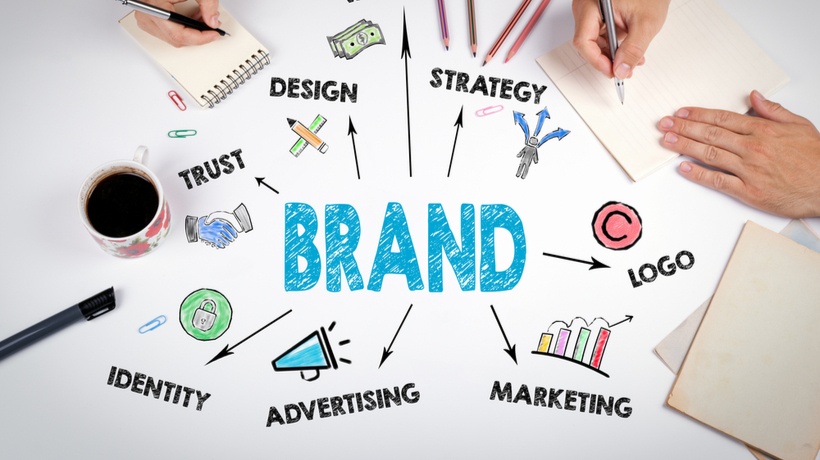Crucial Differences Between Employer Branding Vs. Employee Branding Training
You’ve probably heard "employer branding" and "employee branding" used interchangeably. After all, it’s just a matter of swapping one of the letters, right? However, these two online training approaches are different in many ways. While employer branding usually deals with outward appearances, employee branding looks inward, namely, how your employees represent your brand and convey its core values. That’s just barely brushing the surface though. So, let’s take a closer look at the key differences between employer branding vs. employee branding training, which should help you choose the right online training solutions for your team.

Key Differences Between Employer Branding And Employee Branding
1. Employer Branding Is About The Work Environment
I don’t mean that you should break out the doilies and cozy armchairs. Employer branding centers on creating a positive workspace where people actually want to work. For example, job applicants have heard about the amazing comradery and modern facilities. It’s about the work environment in the broadest sense. In short, employer branding creates a certain vibe, and everything about your brand aligns with it from the employees’ attitudes to the sales floor setup. Just to give you some real-world context, here are a couple of employer branding training ideas:
- Stories that sum up your corporate ideologies and how HR staffers can emphasize them during the recruiting process
- Infographics that show employees how to represent your brand on social media and how to promote your employee value proposition
2. Employee Branding Is About Internalizing Brand Messaging
Conversely, employee branding is more of an internal process for your organization and its staffers. For example, employees need to internalize your brand image. Everything they do in the workplace reflects your company. As a result, they must understand the principles and pillars of your brand. Not just in the workplace, though. They need to convey your core values on social media so that everything aligns with your public persona. For contrast, here are some top-notch employee branding activities you can add to your library:
- Video demos that show your core values in action, so that staffers know which behaviors tie into your brand image
- Live events that get employees behind your brand and highlight the perks of brand ambassadorship
3. Employer Branding Focuses On Public Perception
Even though employees are a crucial part of employer branding, it’s more about the brand’s reputation. In other words, how customers and stakeholders perceive your company. For example, job seekers immediately recognize your brand just by looking at the logo, and they associate it with all the positive reviews they’ve heard as well as the attitudes that all your employees convey when interacting with customers.
4. Employee Branding Focuses On Staffers Who Are Already Part Of The Team
Employee branding training is reserved for staffers and external partners who are already part of your organization, unlike employer branding which is targeted at potential job candidates and customers. Simply put, employee branding is all about winning over your staffers, getting them to emotionally invest in your brand and set an example. However, it must be genuine. They can’t simply go through the motions just to pass the brand ambassador training exam.
5. Employer Branding Is The Driving Force Behind Recruitment And Hiring
The main buzzword for employer brand training is "employee value proposition". In other words, how attractive your brand is to job seekers. Even if a competitor has a better hiring package, candidates will choose you over them since your organization’s reputation speaks for itself. As a result, employer branding training is primarily aimed at the HR and marketing departments due to the fact that they handle all the recruitment and hiring within your company.
6. Employee Branding Creates A United Front
Employer branding also helps you develop a cohesive brand image. However, employee brand engagement training creates a united front within the organization. Staffers are proud to be part of the team because they understand its purpose. They don’t just memorize your message, they live it. As such, everyone stands for the same things and works together to achieve common goals. Of course, employees are individuals who think for themselves. Brand training isn’t about turning them into mindless zombies. Instead, they’re able to incorporate your values into their job duties and personalize the employee-brand connection.
Top Tip To Find The Best Online Training Solutions For SMB
There’s no straightforward answer for whether employer branding vs. employee branding training is best for your business. And that’s because you probably need both. Employer branding focuses on recruitment and building a solid brand reputation, among other things, while employee branding helps your current employees embody your core values and messaging. That way, you have all your brand bases covered. If you do need to launch an employer branding training program, consider an ambassador certification course as it gives staffers a sense of ownership. Plus, they get to monitor their own progress and gradually build their brand know-how. Another perk is being able to show off their achievement. For instance, they share their cert on social media, which raises brand awareness among their networks.
Conclusion
As you can see, you don’t really have to choose between employer branding vs. employee branding training. In fact, the best approach is a hybrid solution to recruit top talent and then turn them into brand ambassadors. You can hire an outsourcing partner to help you launch a successful employee branding strategy. However, they should be aware of your employer branding objectives so that they’re able to fit the new resources into your existing business plan.
How do you draft a winning RFP once you find the right outsourcing partners? Read our eBook Employee Branding Outsourcing: How To Choose The Perfect Solution To Build Brand Advocacy for tips to evaluate vendors and maximize ROI.






